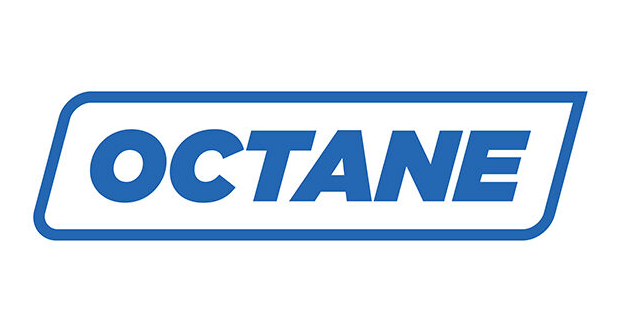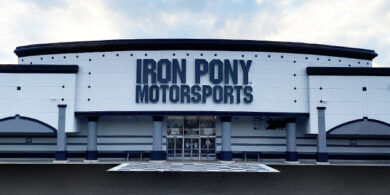August 8, 2011 – A lesson in absorption to weather the next storm
The definitions change wherever you go, but the concept is sound: let parts and service pay your expenses, and whatever sales brings in is gravy.
Why?
Because parts and service just keep pumping. Yes, there are seasonal ups and downs, but things break, and they need to be fixed. Sales? Go figure. We thought we were invincible back in 2006, but look what happened. Stores that relied heavily on sales dollars to keep them moving forward were suddenly looking for the oars. But the folks with steady shops and clean counters were still pushing product and turning wrenches. Down? Yes. In trouble? Yes. But when the bills can be covered by parts and service, you may be lean, but you will still be there.
We call this absorption. We want the steady departments of the business to carry the expense load, and that means parts and service. When these two departments can pay 100 percent of the bills, we call that 100 percent absorption. When they can pay half, we call that 50 percent absorption. The 100 percent is nirvana. The 50 percent is (hmm …) OK. But for years, the car guys have looked at 70 percent as the goal. The smart operators are closer to the 100 percent, but 70 percent is what most can attain. And if your absorption is 20 or 30 percent? You’re fine until the storm hits. Then, you’ll be looking for your used bike titles and making a dash to the bank.
So, absorption. We don’t talk about it much because it is a little hard to measure. But I was curious, so I checked the margin generated by 900 parts and service departments. I compared that margin figure to the total expenses for each store and ranked them all by the percentage of expenses that parts and service carried. I found that 140 dealers were at 35 percent absorption or below (The lowest was at 13 percent!); 425 were between 40-55 percent; 275 ranged from 60-75 percent, and 44 were able to pay over 80 percent of their expenses with just parts and service margin.
Good? Bad? You decide.
How would you like to have parts and service paying 80 percent of all your expenses — including the expenses for the sales department? Now that is comfort.
So I’m sitting here staring at this beautiful dataset and thinking about all those folks who have figured out how to keep the wolves from the door, and then, my associate, Jon, happened to wander by. He looked at the chart, understood it and mused, “Hal, that’s for this year. I wonder how this compares to 2006, before the big bust.”
So, 2006 huh? I went back to the data and in three hours, 2006 was sitting in front of me. Look at the chart. The red line is 2011, and the blue line is 2006. The lines measure the percentage of dealers that are at the absorption rate that runs across the horizontal axis below. And there is the story.
Look on the left, where absorption rates are low (bad). The year 2006 is well above 2011 with low rates. Times were good. Sales were carrying the load. No problema. On the right, where absorption rates are high (good), 2006 is far below 2011. Expenses were not a problem. Sales would carry on forever.
Or so we thought. By 2011, things had changed. It was crucial to find ways to pay the bills, and the industry found it. It was absorption. It was fall back to the basics and let the fixed operations pay the fixed bills.
Look at the difference. First, the number of dealers with low absorption rates has fallen (on the left, the 2011 red line is below the 2006 blue line), and the number of dealers with high rates has risen (on the right, the red line is above the blue line). All in all, there is a shift in the curve of about 10 percentage points to the right, reflecting a move to operations funded more by parts and service rather than by sales. This is a good thing.
More than good, it was absolutely necessary. In nature, the law is adapt, perish or migrate. While we know that there were a good number of dealers who chose the latter two of these actions, we also see that those who remain have made a major change in their operations. They are much more based on steady fixed operations and less so on unit sales. They adapted and are still here.
So, absorption, think about it. I know there are a thousand different ways to define it, but the concept is good. The auto guys say parts and service should carry their own expenses, plus only the fixed expenses for sales, letting sales pay its own flooring, spiffs, commissions and wages. Every industry has its own criteria. For this study, I used the straightforward method of letting parts and service margin cover all the expenses in the dealership.
This study shows that our industry is headed in the right direction. There are only two ways to increase absorption: you must increase parts and service margin, or you must decrease expenses. Either way, you will come out ahead and find yourself better prepared to weather the next storm.
Hal Ethington has been associated with the powersports industry for more than 30 years. Ethington is a senior analyst at ADP Lightspeed. He can be reached at Hal_ethington@adp.com.




